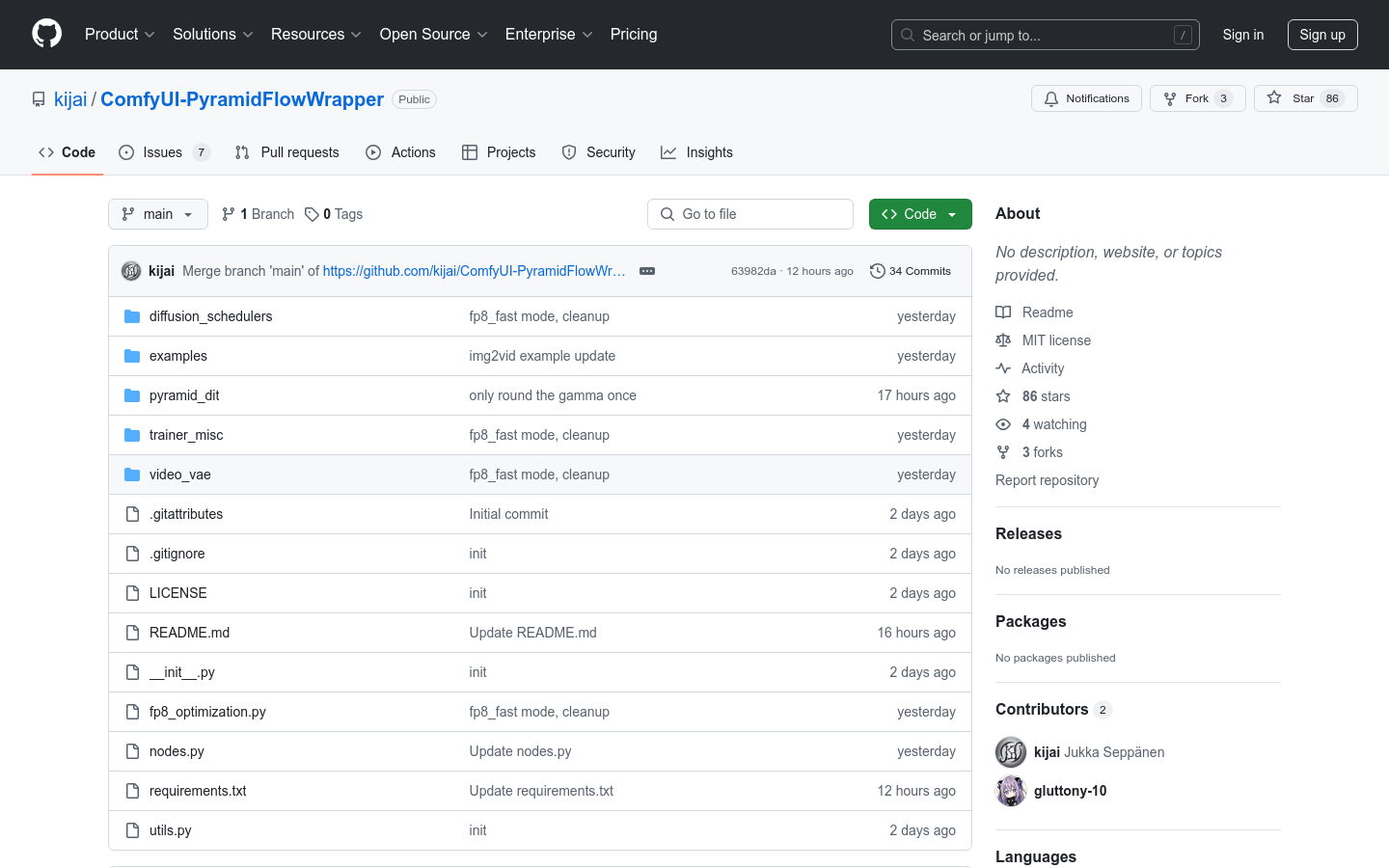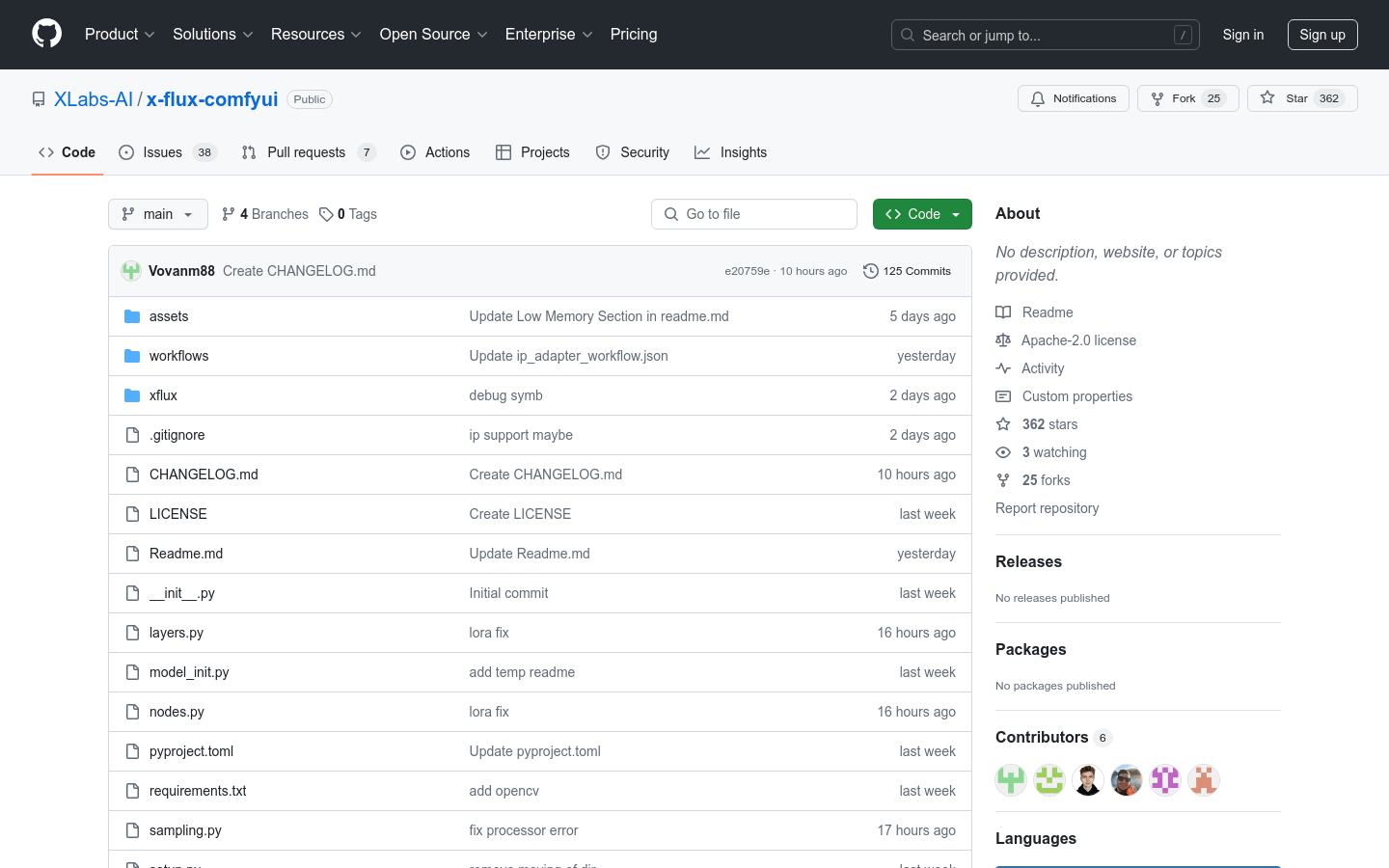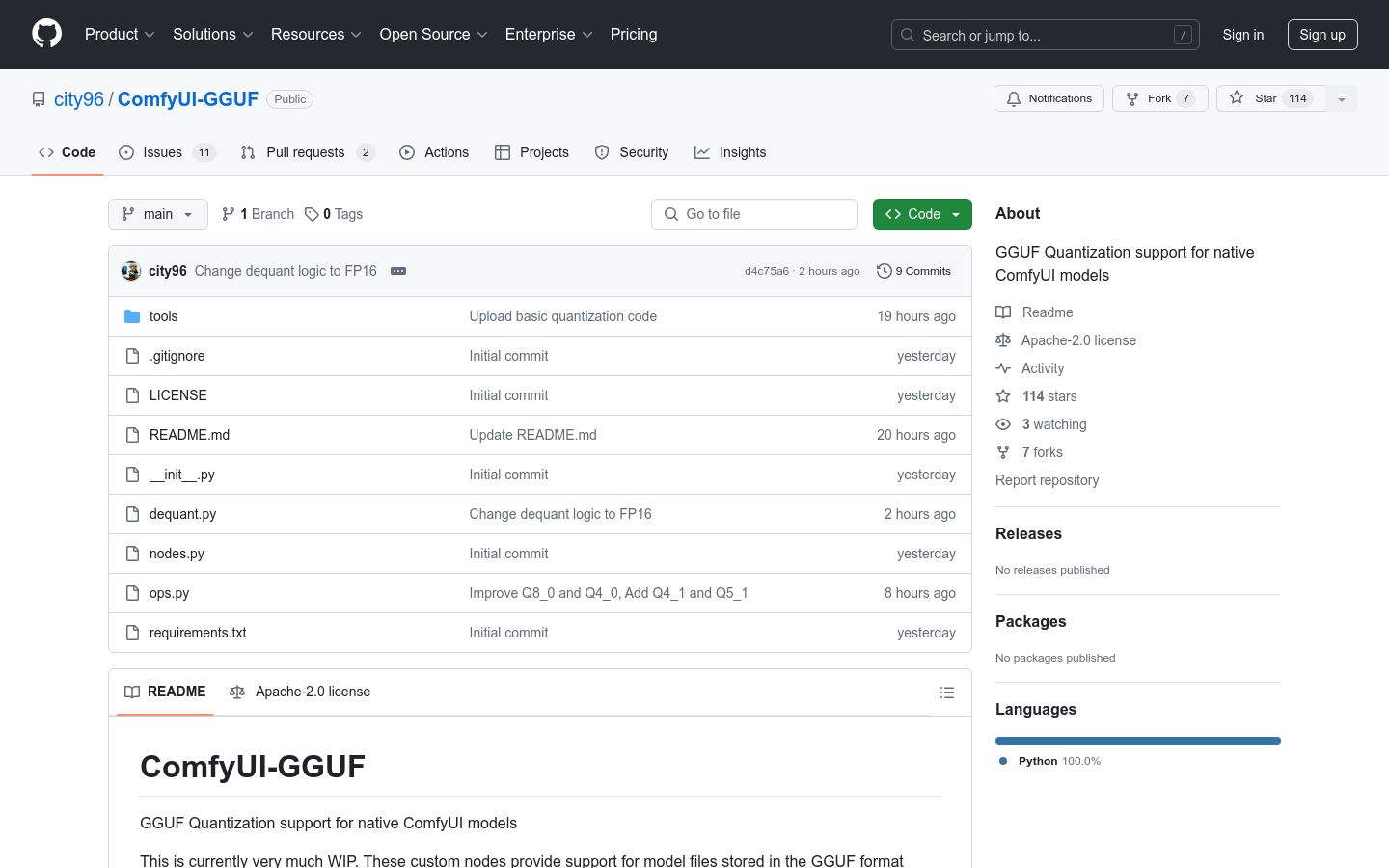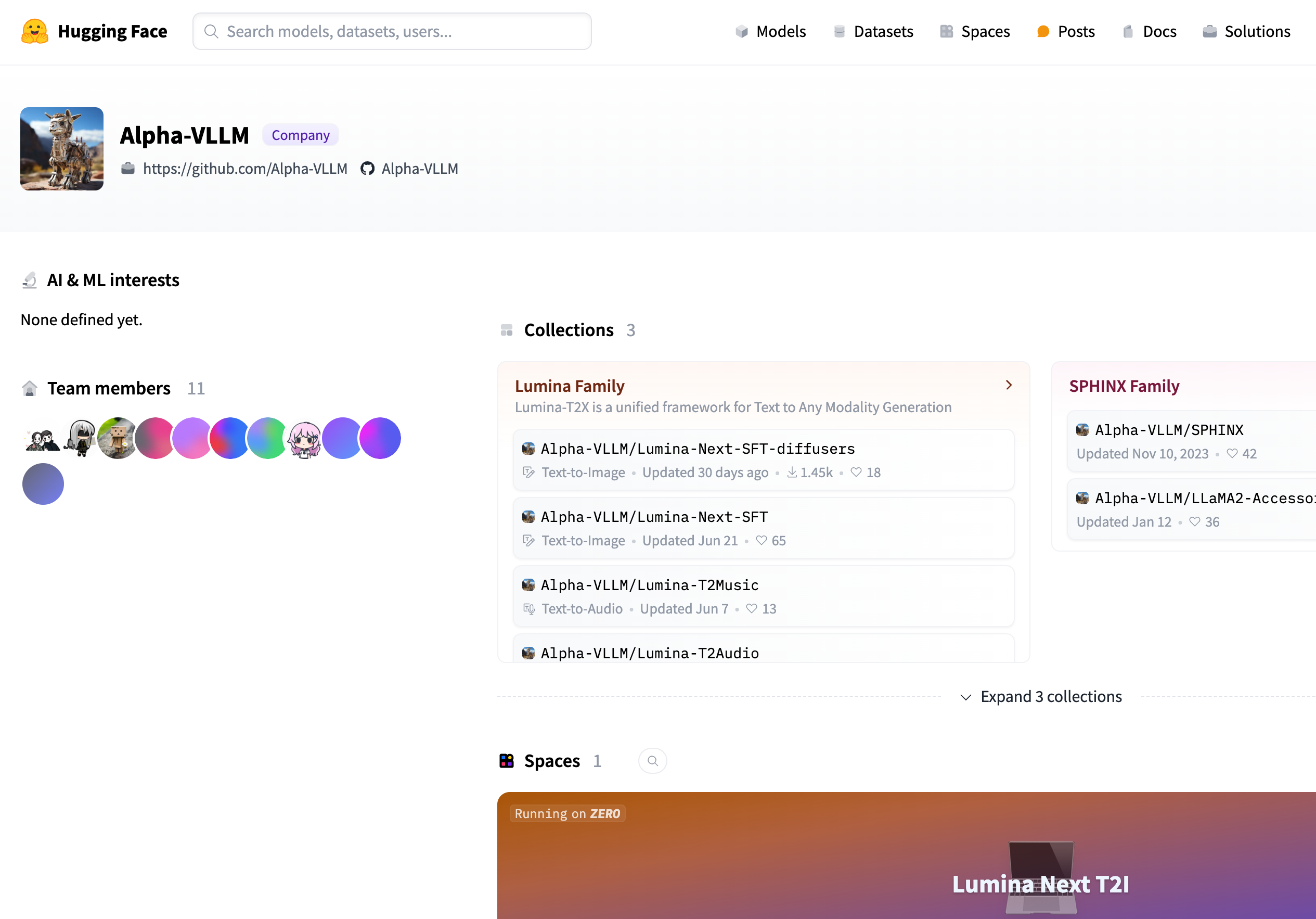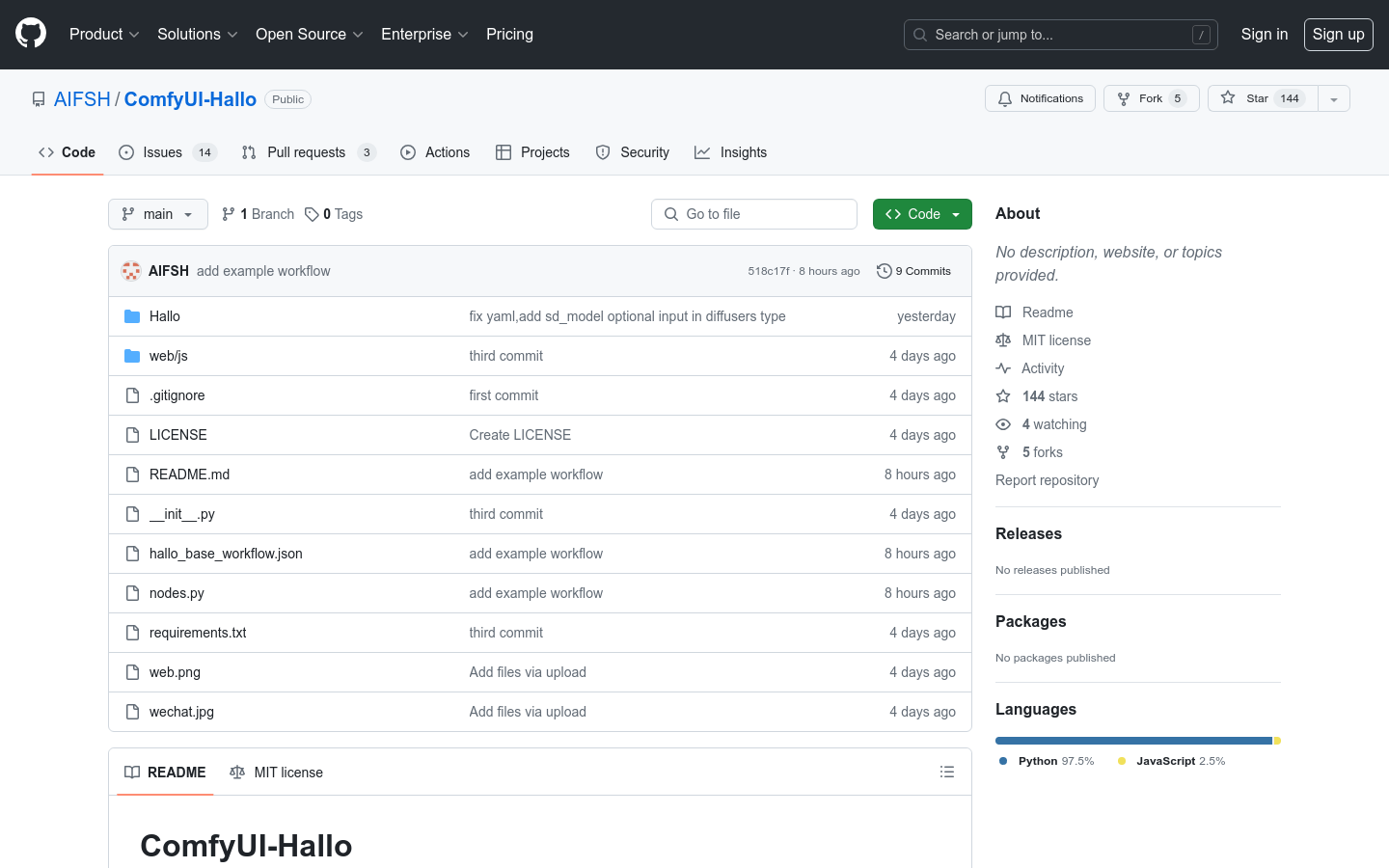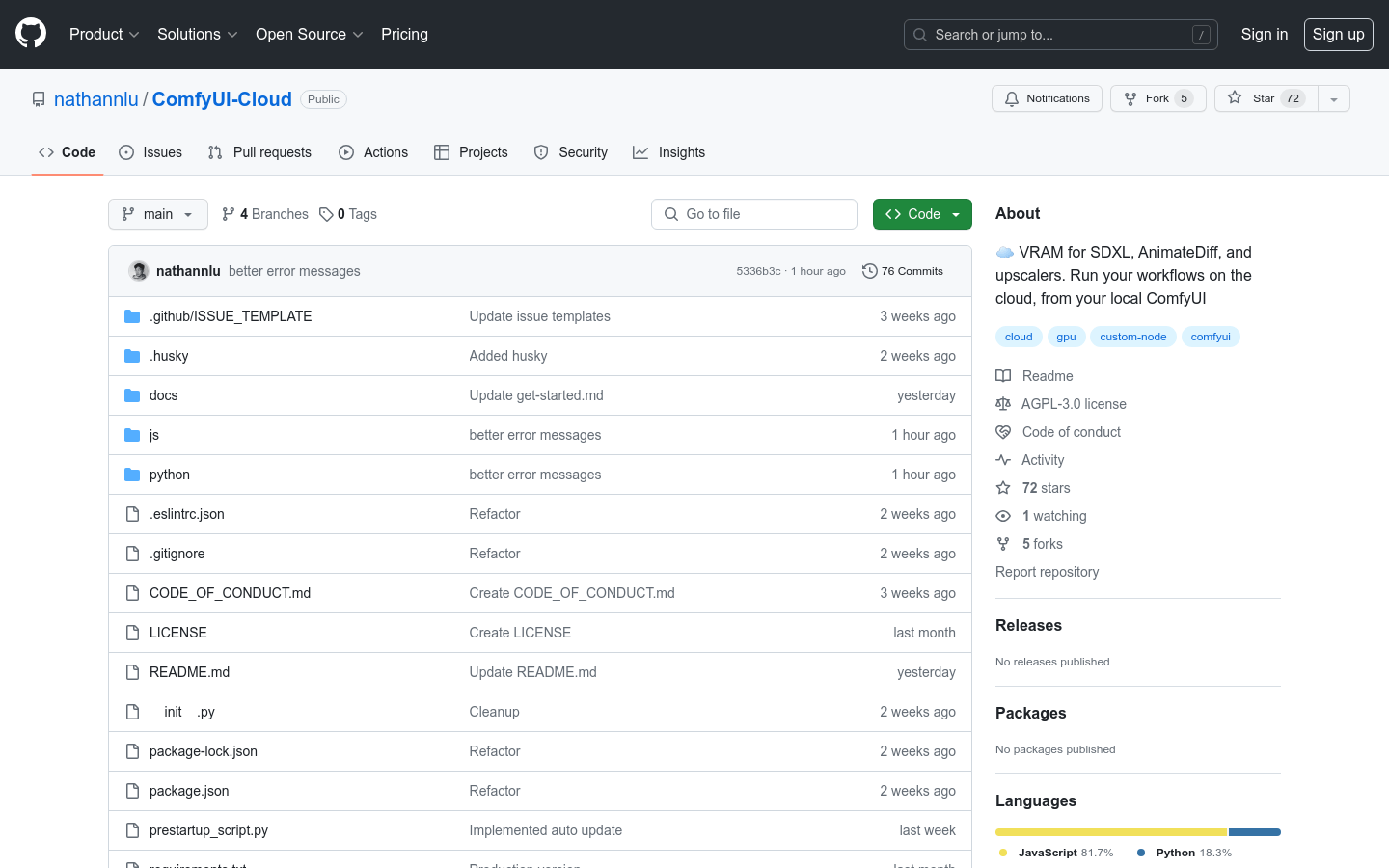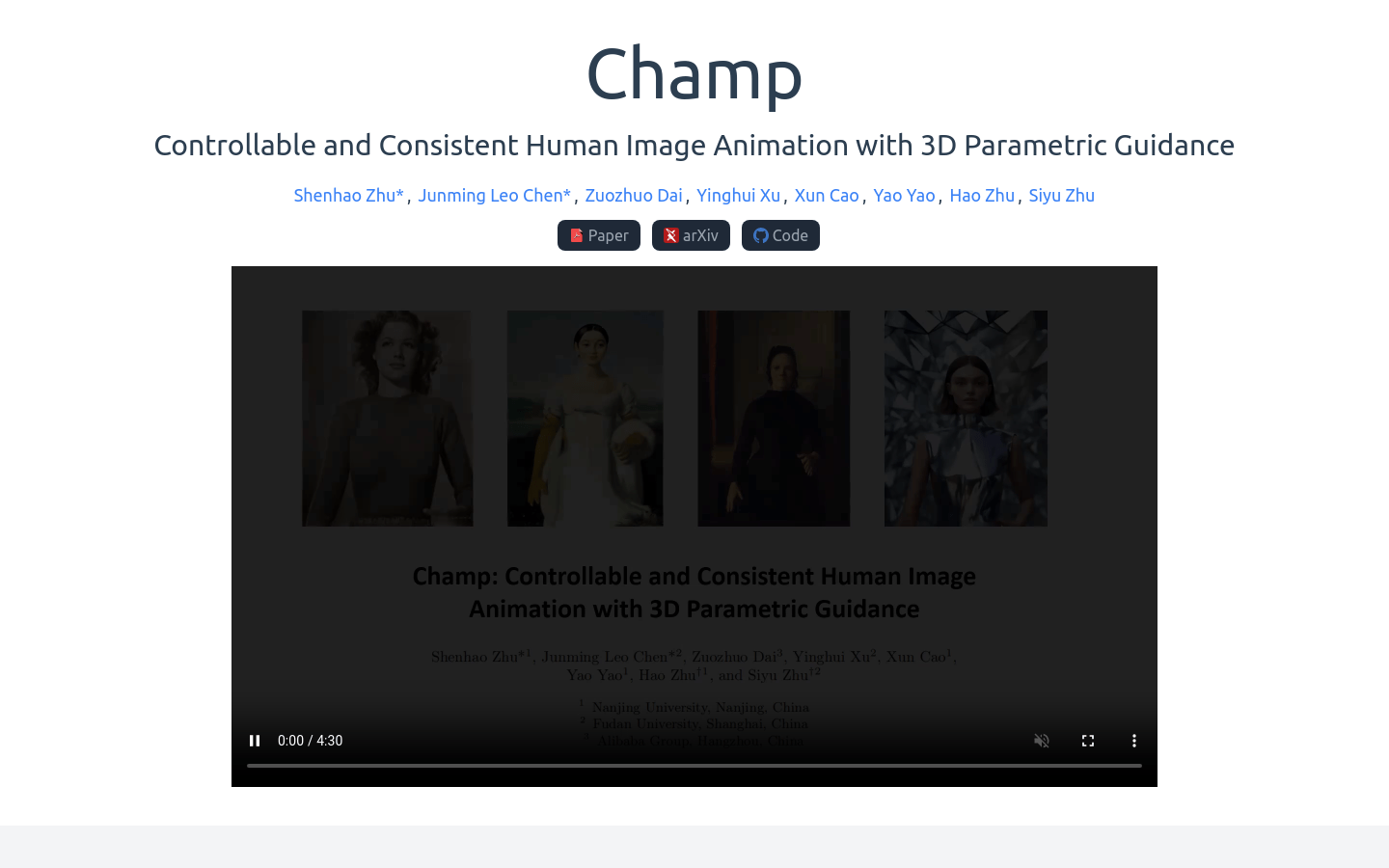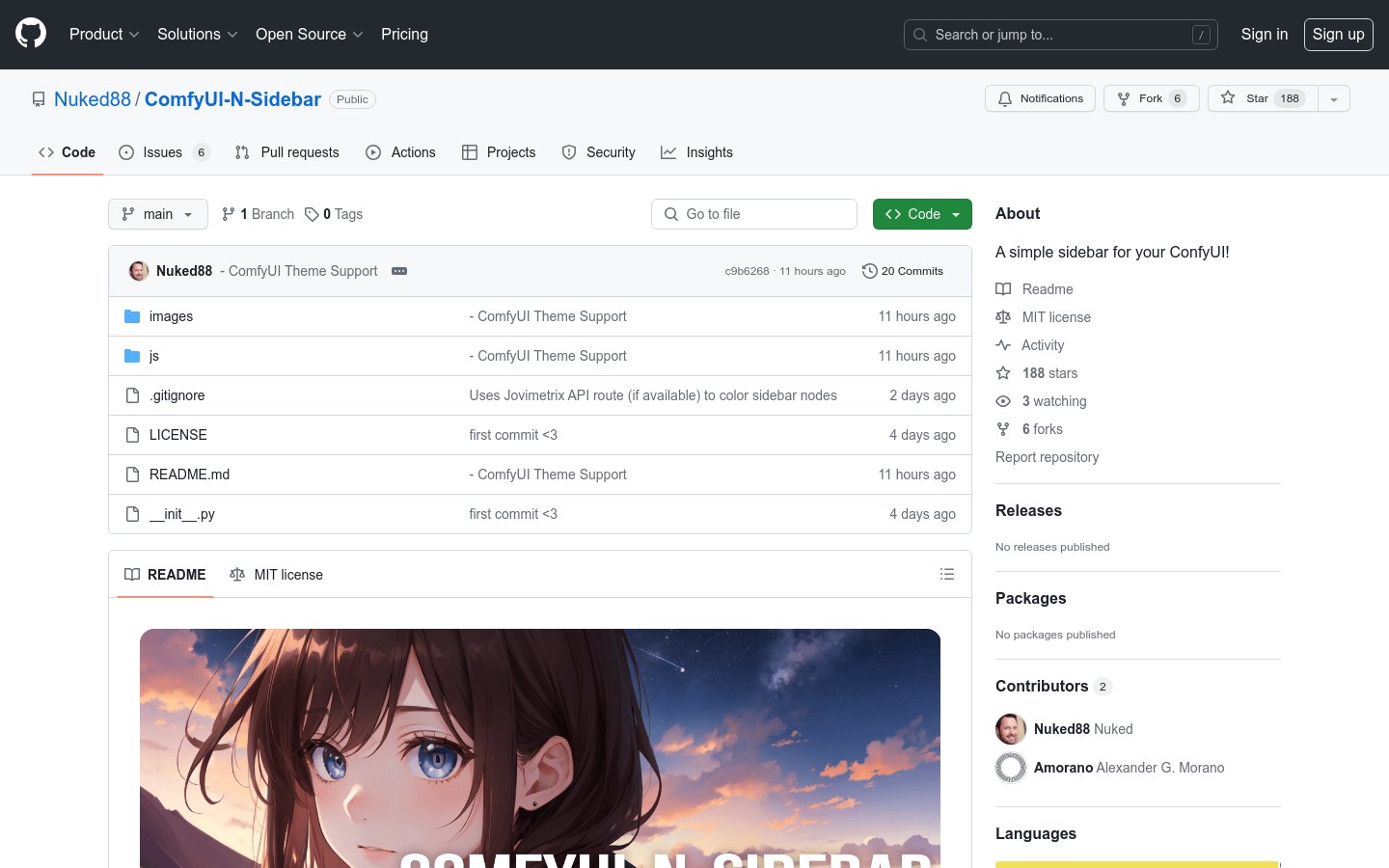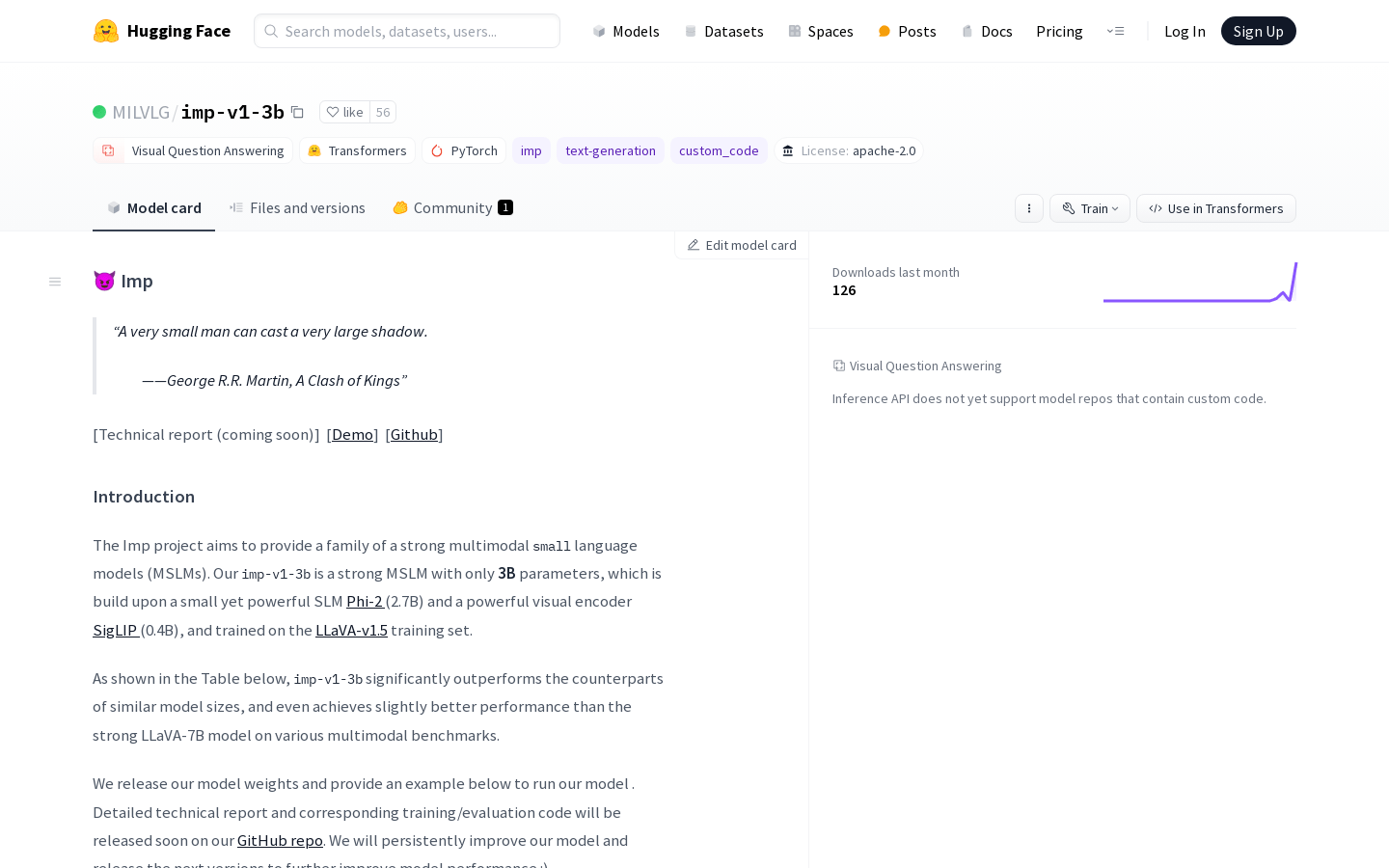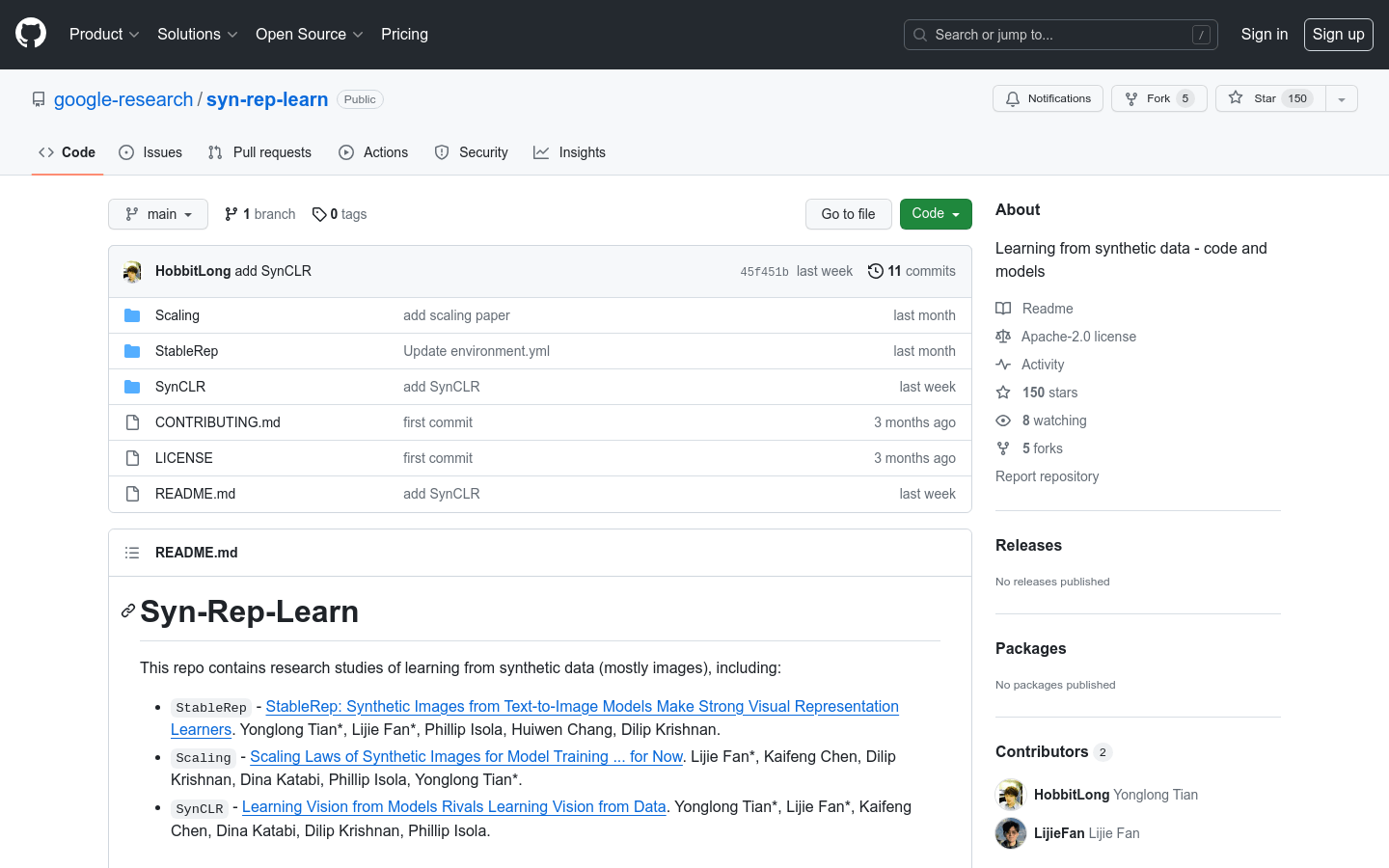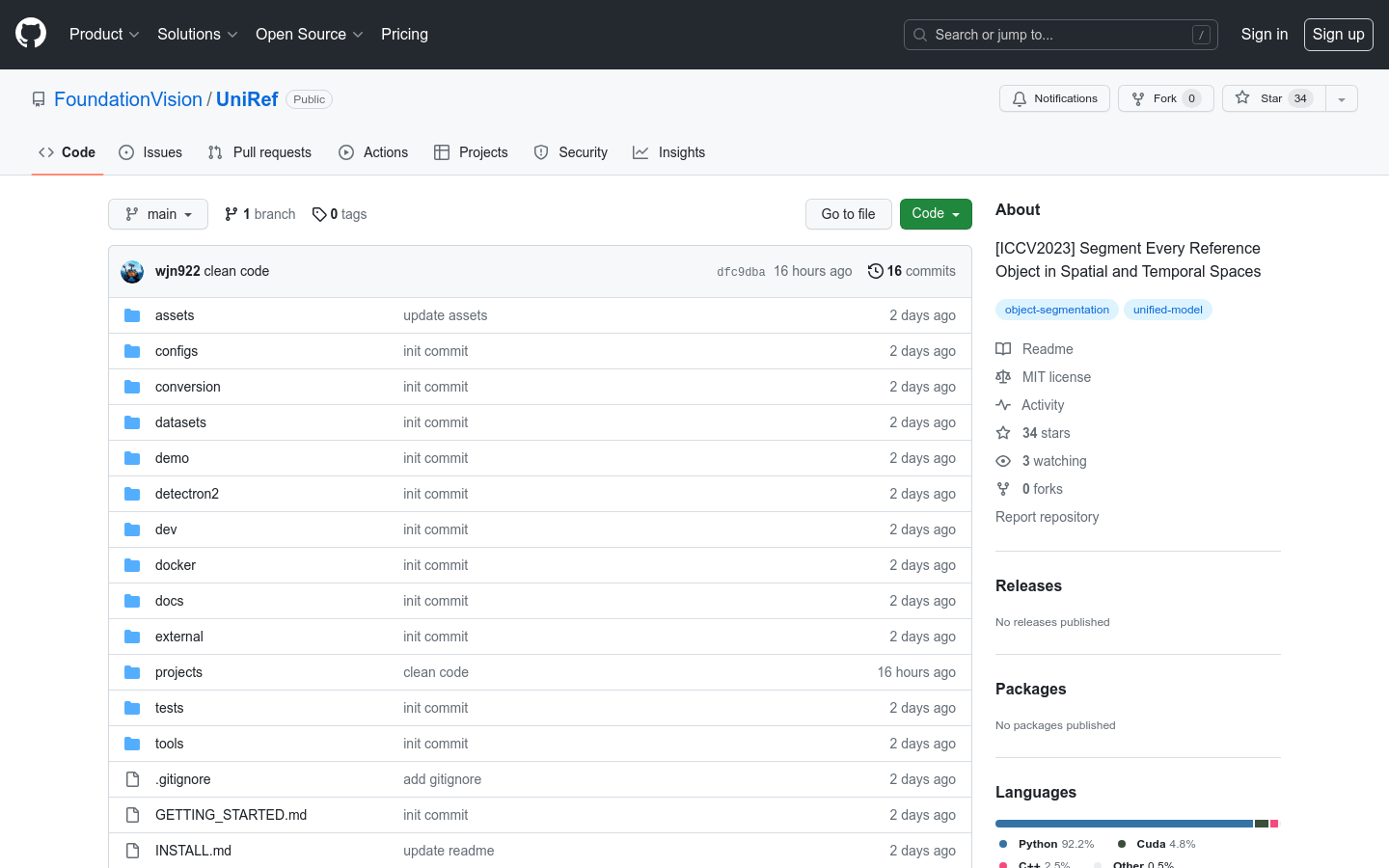💻
programming Category
AI image generation
Found 34 AI tools
34
tools
Primary Category: programming
Subcategory: AI image generation
Found 34 matching tools
Related AI Tools
Click any tool to view details
Related Subcategories
Explore other subcategories under programming Other Categories
💻
Explore More programming Tools
AI image generation Hot programming is a popular subcategory under 34 quality AI tools
